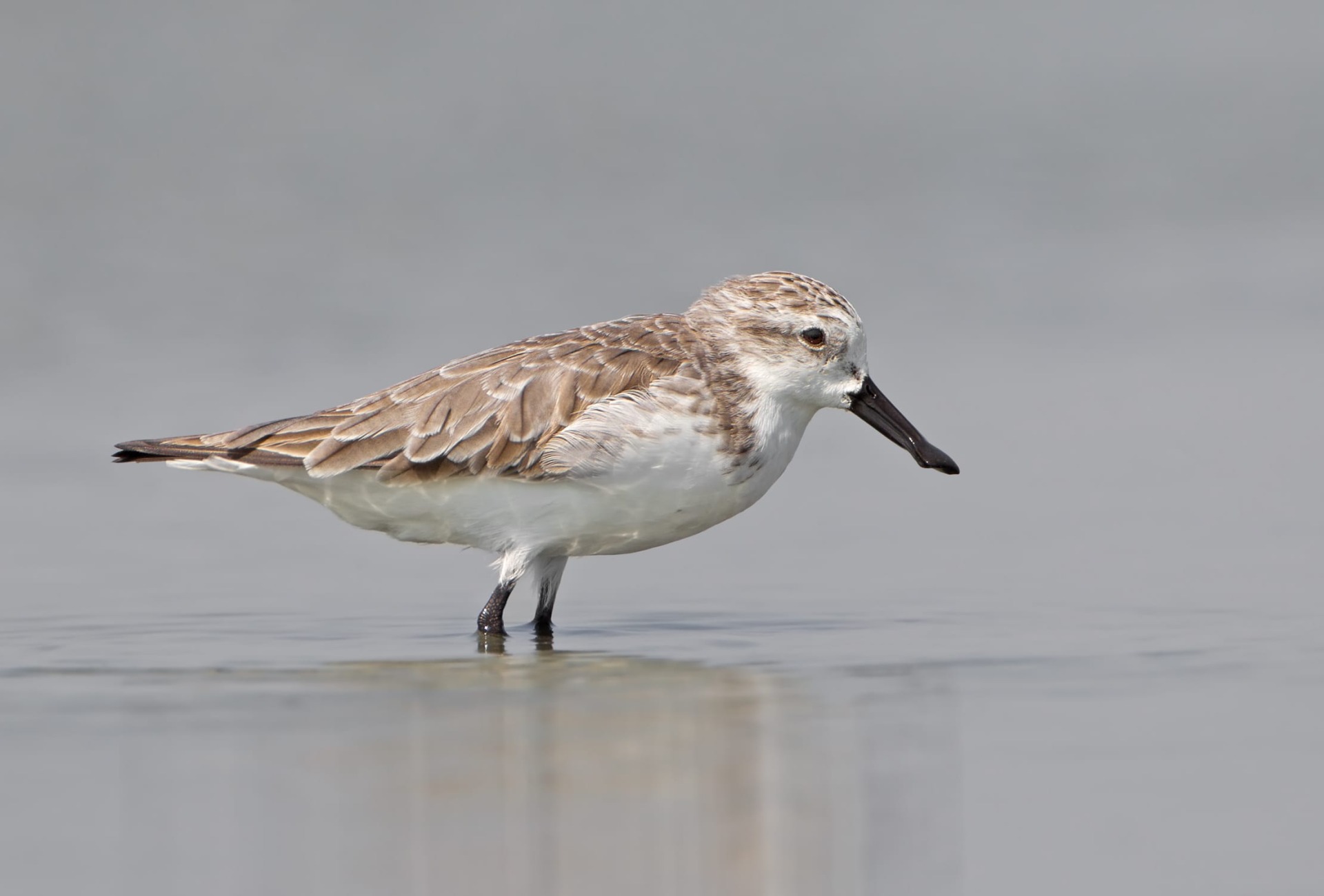
Strategic Land Purchase to Protect Spoon-billed Sandpipers
Support Other Projects Like ThisSupport Other Projects Like ThisA Key Biodiversity Area, the Inner Gulf is Thailand’s most critical habitat for coastal shorebird abundance and diversity.
-
Species at Risk
Spoon-billed Sandpiper (CR), Spotted Greenshank (EN), Great Knot (EN), Far Eastern Curlew (EN)
-
Carbon stored
(Not Calculated)*
*(metric tons of CO2 equivalents) -
Partner
Bird Conservation Society of Thailand (BCST)
-
12.65 Proposed Acres Conserved by
Purchase
-
Project Cost: $239,999
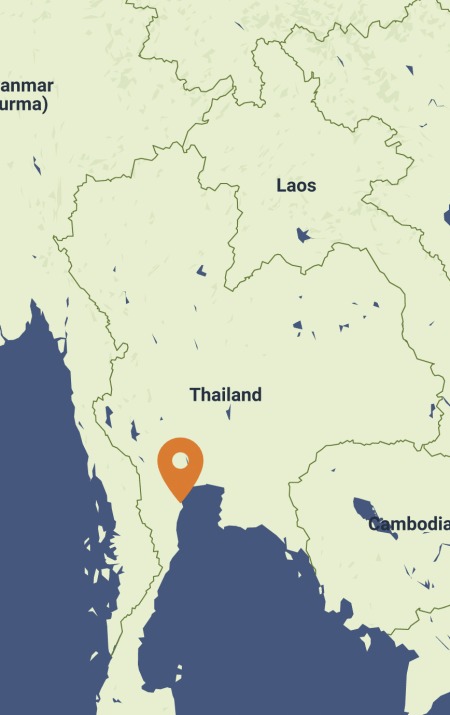
12.65
A Key Biodiversity Area, the Inner Gulf is Thailand’s most critical habitat for coastal shorebird abundance and diversity.
-
Species at Risk
Spoon-billed Sandpiper (CR), Spotted Greenshank (EN), Great Knot (EN), Far Eastern Curlew (EN)
-
Carbon stored
(Not Calculated)*
*(metric tons of CO2 equivalents) -
Partner
Bird Conservation Society of Thailand (BCST)
-
12.65 Proposed Acres Conserved by
Purchase
-
Project Cost: £180,450

12.65
Since the early 20th century, the Inner Gulf of Thailand has been recognized as a significant site for shorebirds. The gulf sees both passage and wintering species, as well as residents and local dispersants. A Key Biodiversity Area, the Inner Gulf is Thailand’s most critical habitat for coastal shorebird abundance and diversity. Within the Inner Gulf is Pak Thale, a coastal area dominated by salt pans. This section is part of the Pak Thale–Laem Phak Bia Flyway, an area prioritized by the East Asian-Australasian Flyway Partnership.
But the East Asian-Australaisan Flyway is already the most threatened flyway in the world for migratory birds. Rapid economic development of the vital tidal flats, compounded by the increasing impacts of climate change, threaten this ecosystem’s future. For migratory birds, losing these critical stopover sites for resting and eating will trigger population declines. But the Inner Gulf of Thailand is in a unique position as some of these key sites are still undeveloped and available for private ownership.
Rainforest Trust and local partner Bird Conservation Society of Thailand (BCST) seek $239,999 to purchase approximately 12.65 acres at Pak Thale. This property will be managed to benefit both the shorebirds and the surrounding communities. BCST has been monitoring shorebirds and working with local stakeholders at Pak Thale for over 10 years. In that time, they’ve promoted community engagement through bird tourism, education and awareness-raising.
Explore Thailand
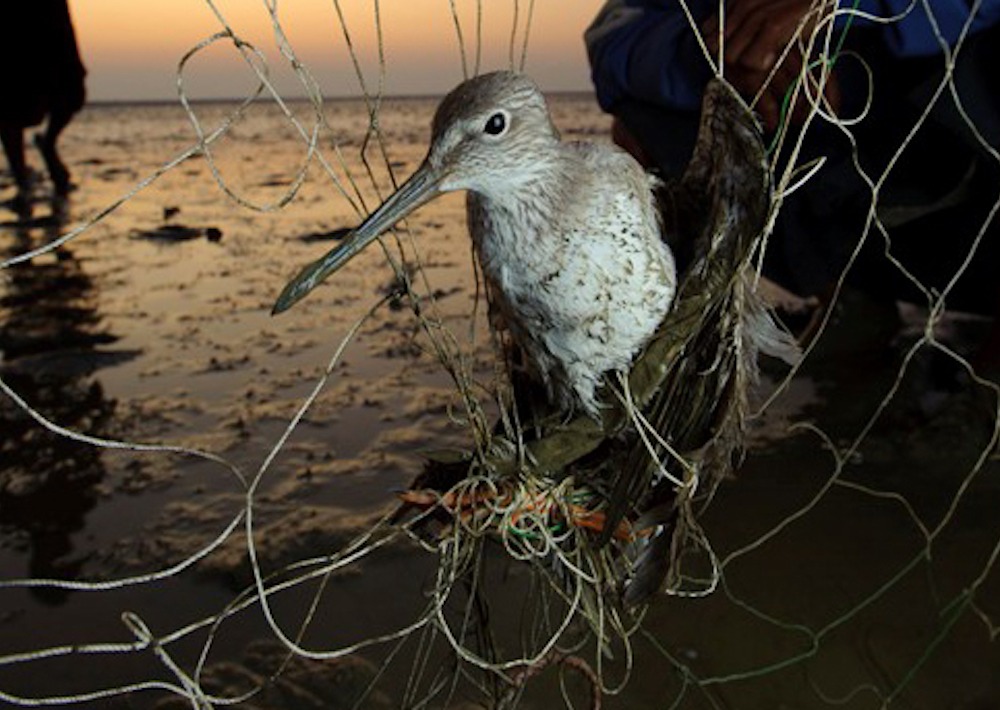
Spotted Greenshank (EN)

Great Knot. Courtesy of Bird Conservation Society of Thailand
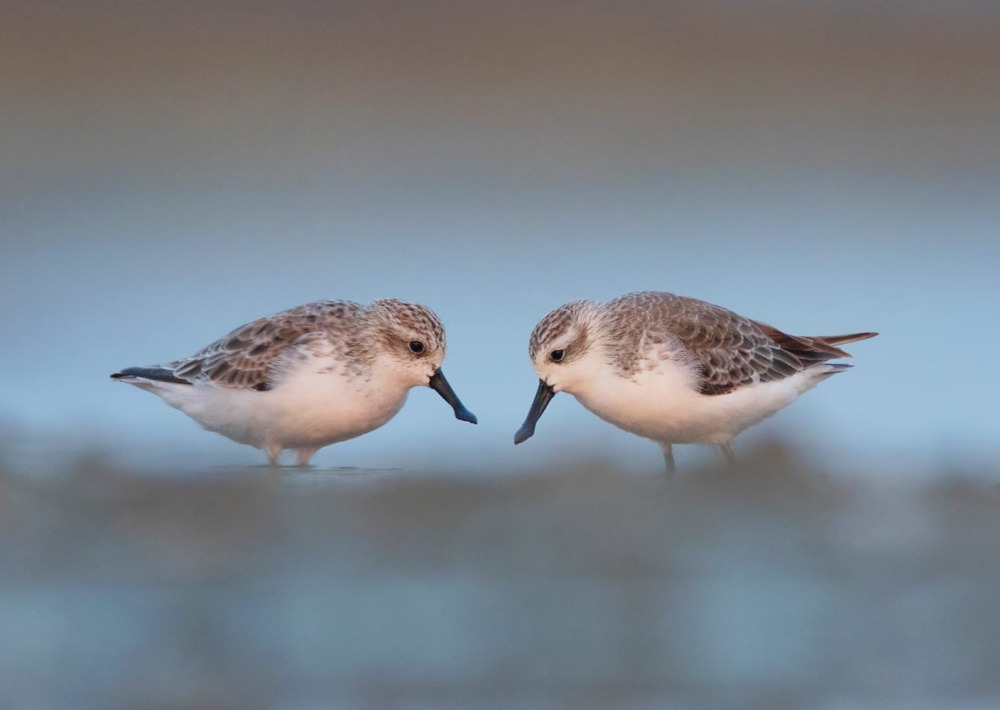
Spoon-billed Sandpiper, courtesy of Bird Conservation Society of Thailand
Biodiversity
Pak Thale comprises about 123 acres and hosts over 7,000 water birds during the northern hemisphere winter.
This group includes 50 shorebird species. Several globally threatened migratory birds — including the Critically Endangered Spoon-billed Sandpiper, Endangered Great Knot, Endangered Spotted Greenshank and Endangered Far Eastern Curlew — use this habitat.
Challenges
One of the primary drivers of Spoon-billed Sandpiper population decline is loss of migratory stopover habitat, particularly in the Yellow Sea region.
Every year, these tiny birds migrate from their breeding grounds in Russia to their wintering grounds in Myanmar and Bangladesh—a round trip of approximately 15,000 miles. Large-scale reclamation projects in China and Korea have eliminated some of the most important shorebird refueling habitats. Another significant threat in the area is the high coastal erosion rate. Here, the coast erodes approximately 13 feet per year. If this continues without mitigation, the shorebird habitats will continue to shrink. The well-being of many globally threatened species, including the Spoon-billed Sandpiper, will be at risk.
Communities
There are no communities living in the proposed protected area, but human use of the area, including in the salt pans, dominates Pak Thale.
This area is actually the origin point for salt production from salt pans in Thailand, a tradition that dates back about 800 years. But the salt pans also play an important ecological role. With the loss of natural habitat, shorebirds use the less saline pans for roosting and feeding during high tide. Other major livelihood activities in the area include aquaculture and shellfish collection on the coastal mudflats. BCST has been encouraging the local stakeholders to build a sustainable conservation management model through bird tourism, salt farming and direct shorebird habitat management. They have established local conservation groups (LCGs) which integrate community engagement, education and economic support to strengthen bird conservation.
Solutions
Rainforest Trust seeks $239,999 to assist the local partner in purchasing approximately 12.65 acres at Pak Thale.
This property will provide habitat for the benefit of shorebirds and surrounding communities. BCST has already been in discussion with the Department of Marine and Coastal Resources (DMCR), which has recently taken back an area of about 96 acres illegally used for salt farming at Pak Thale. BCST has discussed a plan with DMCR to jointly manage part of that land as shorebird habitat. They started managing a portion of this habitat during the winter of 2017 which resulted in an increased number of shorebirds visiting the area, particularly the Spoon-billed Sandpiper. BCST also noted increased abundance and diversity of invertebrates, the shorebirds’ main food source. This joint experimental project is an example of a solution to create and secure habitat for migratory shorebirds in Thailand. BCST intends to replicate this successful model in the proposed protected area to manage and expand existing salt pans as shorebird habitat. They will do so with the continued support of the Thai Government and the local communities.
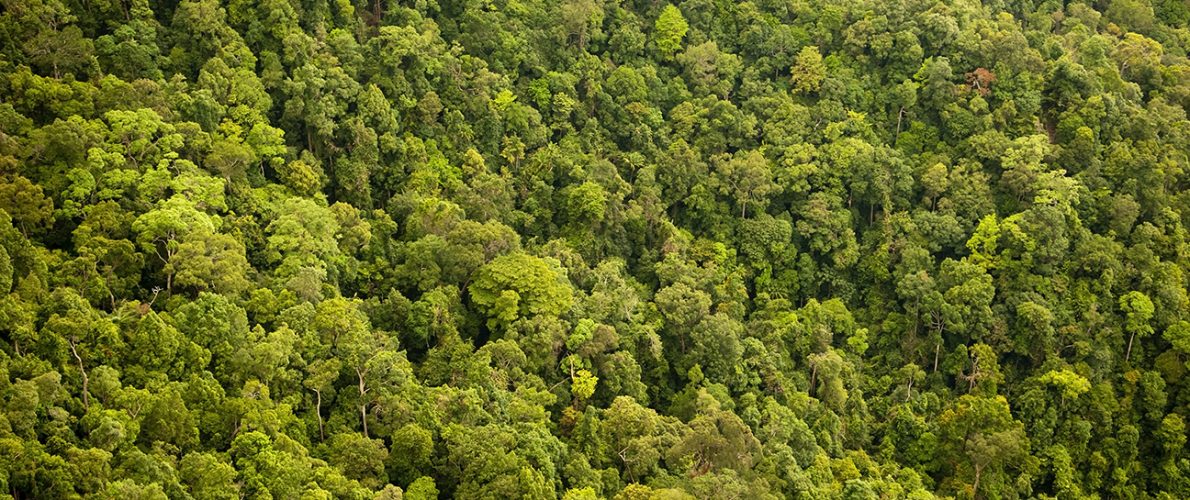
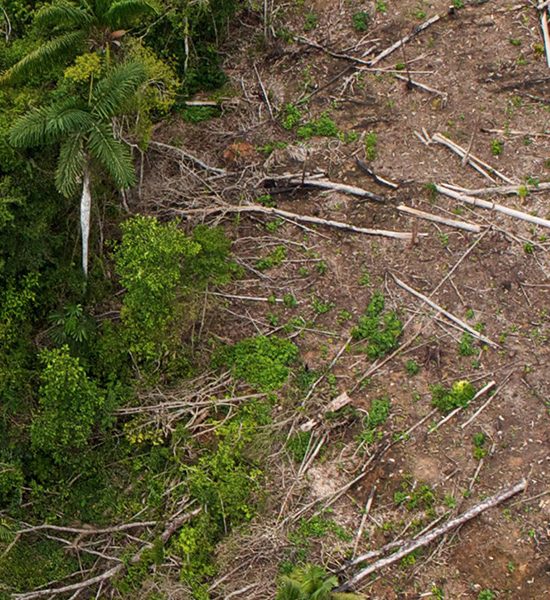
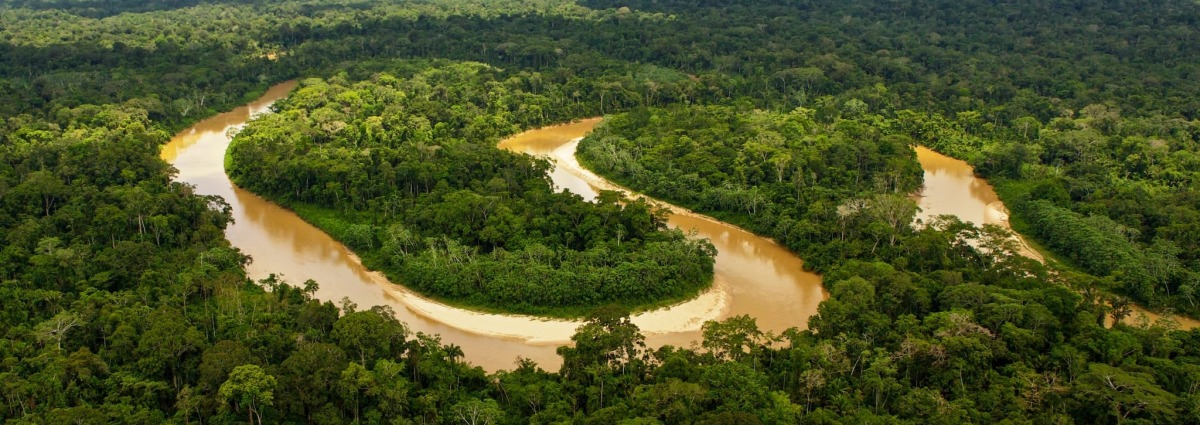

Partnering to Save Rainforest
Our partners’ ability to work with their governments and build strong connections with local communities ensures the successful implementation of our projects.
Learn More About This PartnerLearn More About This Partner
